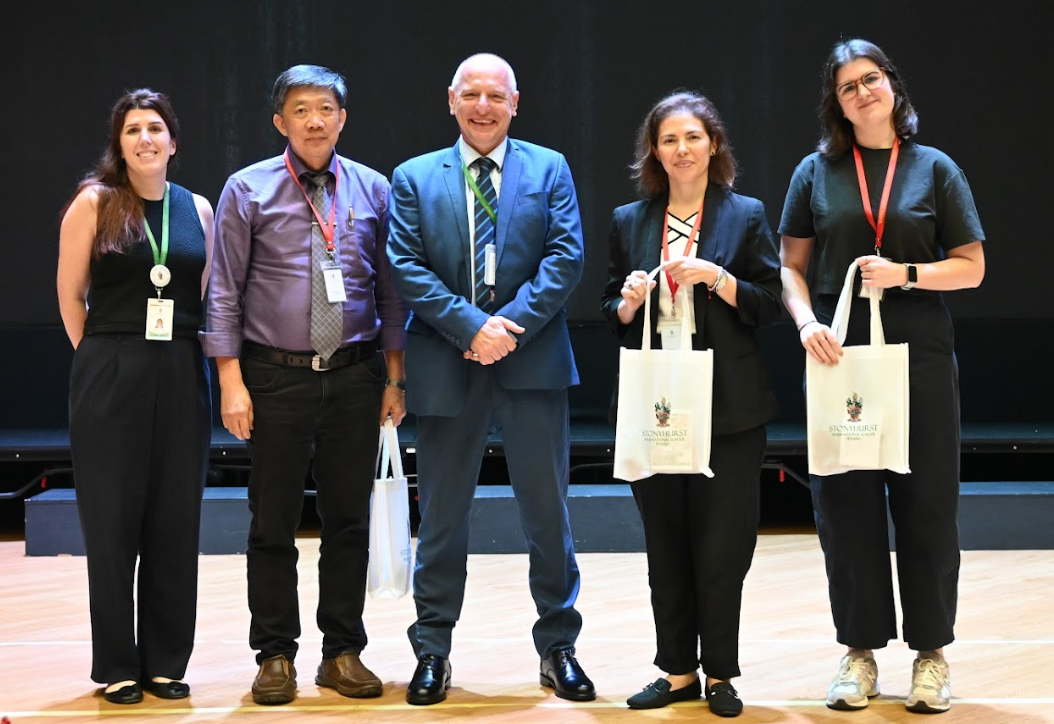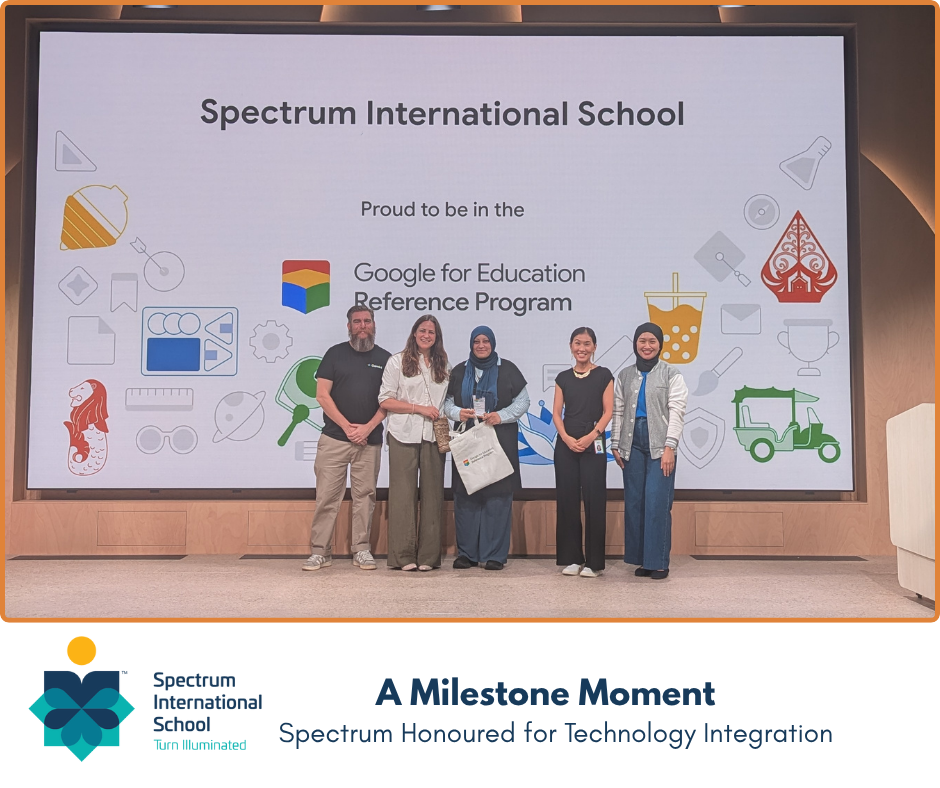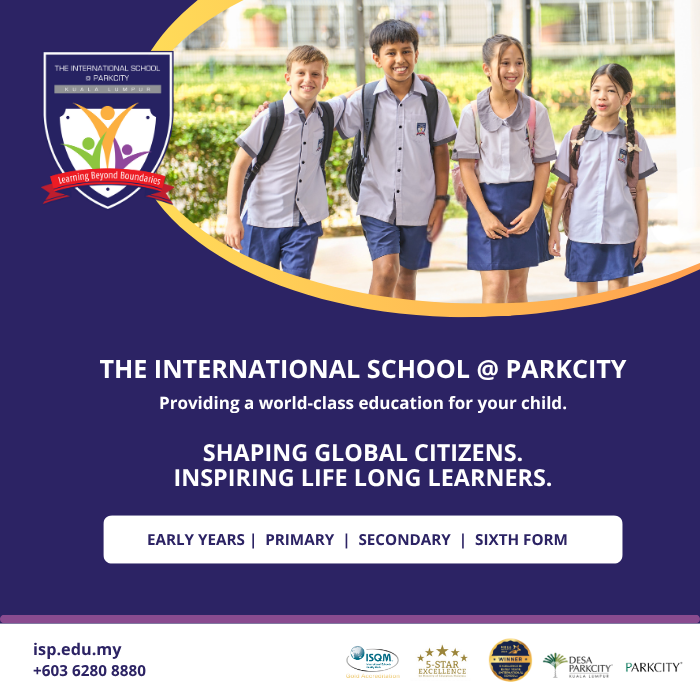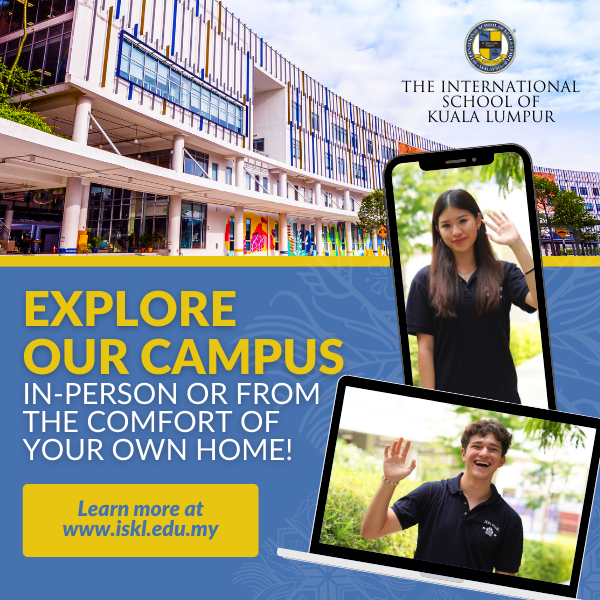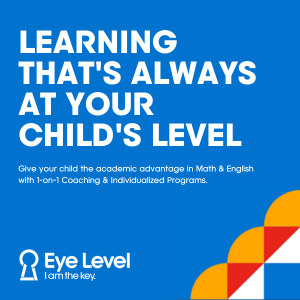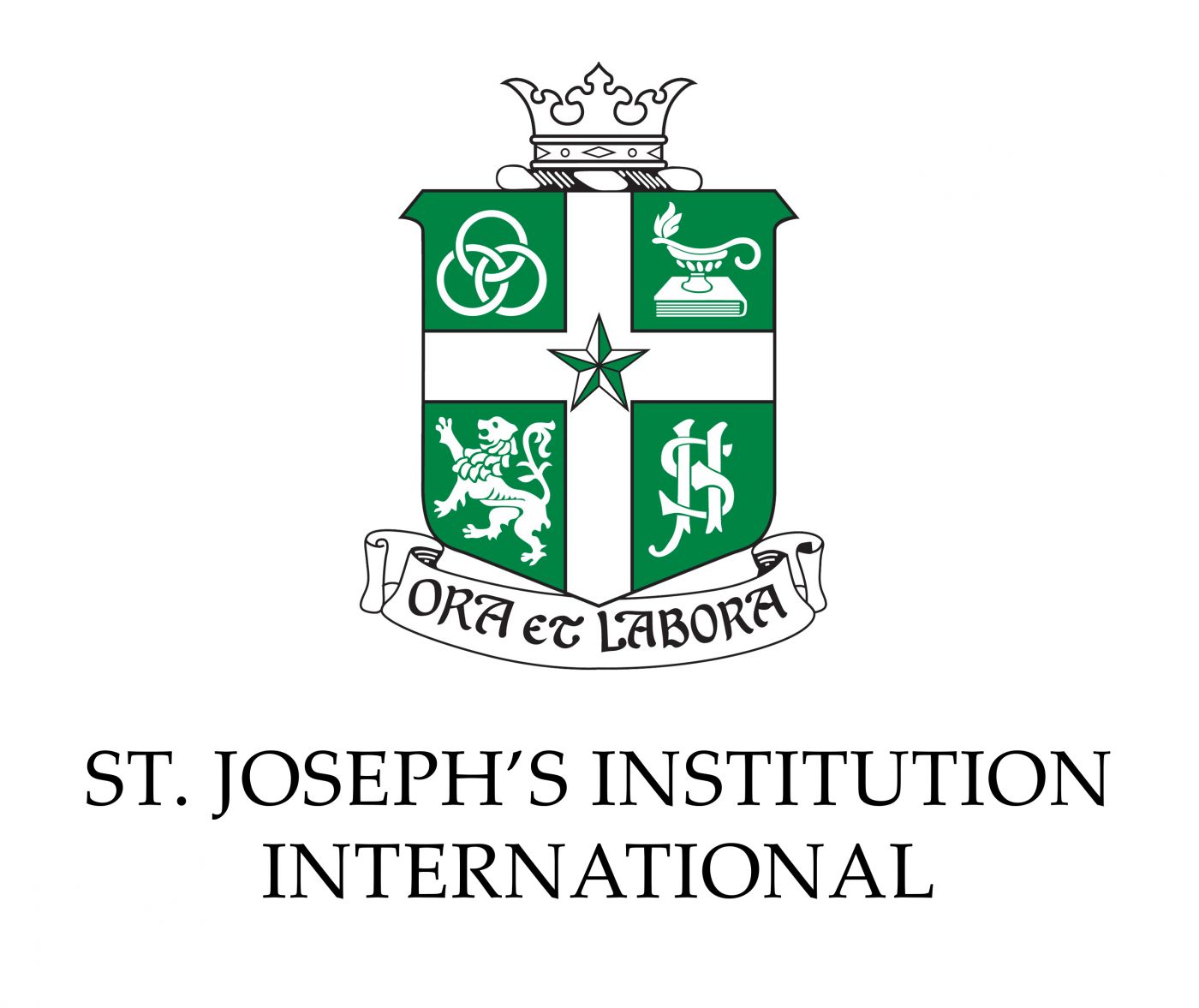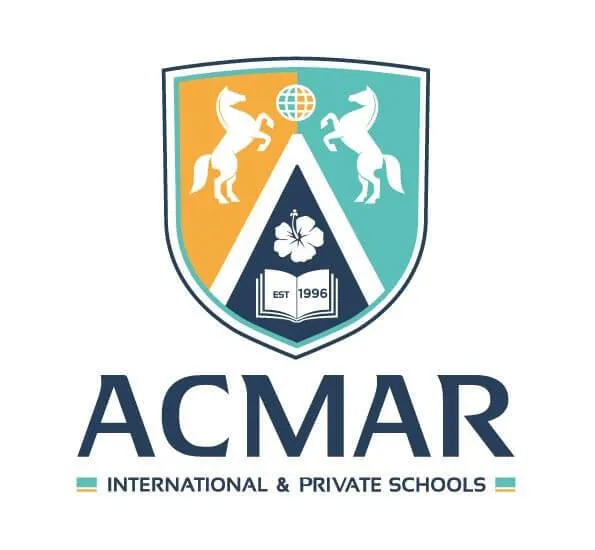
The COVID-19 pandemic has changed the way learning takes place. When schools were unable to conduct physical classes, learning continued via online channels. International schools in particular pivoted to online learning very quickly to ensure that their students were able to meet their learning goals despite remaining at home. As schools will continue to face disruptions to physical lessons, parents will need to consider the preparedness of schools to deliver online learning effectively when choosing an international school for their children.
Education Destination Malaysia conducted a survey on online learning at international schools in July 2021 and 16 international schools responded to the survey. This article details the responses by these schools.
1. What is your school’s online learning model (if physical lessons cannot be conducted)?
All 16 schools reported that they have transitioned fully to online learning which means all lessons are held online when physical lessons cannot be conducted.
2. Will online learning continue when physical lessons resume?
Parents are understandably concerned about their children’s safety and are cautious about allowing their children to return to school when physical classes resume. Therefore, will online learning continue when physical lessons resume? Out of 16 responses, 11 schools reported that online learning will continue while two schools reported that online learning will cease as they expect their students to return to school when it reopens.
Rob Reed, Executive Principal from Asia Pacific International School said that live streaming of lessons will be provided for students at home instead. Martin Shelley, Head of Secondary, from Tenby International School Setia EcoHill said that hybrid lessons will take place.
According to Andrea Grassby, Director of Marketing and Admissions from Alice Smith School, ‘For the new school year 2021-2022 if the school is open, we will offer distance learning for students who cannot come to school due to the pandemic. For students in Preschool, Reception and Year 1, if the school is open and students cannot attend, we offer a predominantly live programme with a dedicated online teacher.’
Belle Chan, Public Relation and School Liaison, from Melaka International School, said that the school will also be offering full-time online classes starting on 1 Sep 2021. This means that students can choose to study at home full-time.
3. Do parents have a choice of keeping their children at home (and continue with online learning) even when your school reopens physically?
12 schools reported that parents have a choice to continue with online learning even when school reopens.
According to Joey Thum, Admissions & Marketing Executive from Seri Botani International School, ‘We provide live streaming for those who are still reluctant to come back for physical lessons. However, not all subjects are covered for live streaming.’ Andrea Grassby says that it is much better for the students to be present physically in school but she understands there will be times when students may need to self-isolate due to a close contact or other reasons. ‘Each student’s situation will be considered on a case-by-case basis,’ she adds.
Dr May Heong, Head of Marketing and Admissions, from Charterhouse Malaysia, a new school in Sri Hartamas offering the A Level programme to students aged 16 to 19, said that online classes will be discontinued when physical lessons resume.
4. What online learning platforms does your school use for online learning?
Popular online learning platforms include Google Classroom, Google Meet, Microsoft Teams, Google Slides and Zoom. Teachers also use Seesaw, Edmentum, Screencastify, Kahoot!, Insert Learning, flipgrid, Pear Deck and Nearpod.
5. How many students are present in a typical online learning class?
Alnoor International School, St John’s International Secondary School, Tenby International School Setia EcoHill, Tenby Schools Setia Eco Park and Melaka International School reported having more than 20 students in a typical online learning class.
Asia Pacific International School, Beaconhouse Sri Inai International School, elc International School, MAHSA International School, Seri Botani International School, Seven Skies International School and Tenby International School Tropicana Aman reported having between 10 and 20 students in an online learning class, while Templer Park International School reported having fewer than 10 students in an online class.
Charterhouse Malaysia reported that there are between two and 12 students in a class. Marlborough College Malaysia reported that class sizes vary depending on the age and subject taught ratio of Teacher to pupil is 1:7.
6. How is online learning conducted at your school?
Eight schools reported that the normal school timetable is followed (particularly for older students). These schools include Alice Smith School, Beaconhouse Sri Inai International School, elc International School, Seven Skies International School, Tenby International School Tropicana Aman, Tenby Schools Setia Eco Park, Marlborough College Malaysia and Melaka International School.
At Tenby International School Setia EcoHill, there are six hours of online lessons a day starting at 8am. Student have registration in the morning and breaks are as normal. At Asia Pacific International School, there are four lessons a day from 8am to 1pm and virtual enrichment from 1pm to 3pm. There is a short break after each lesson. Students are required to register at 8am and then for every lesson.
According to Wendy Gan, Sales & Marketing Manager at Alnoor International School, lessons begin at 8am for five hours with two breaks. At Seri Botani International School, online lessons for Early Years are from 9am to 12noon with one break; online lessons for Primary School are from 8am to 2pm with two breaks; online lessons for Secondary School are from 8am to 3.10pm with two breaks.
There are online lessons for six subjects for MAHSA International School. At Templer Park International School, there are five hours of online learning starting at 8.15am every day with two 30-minute breaks each day.
At St John’s International Secondary School, there are six to seven hours of online learning per day with 2.5 hours per subject.
At Charterhouse Malaysia, there are six hours of online classes each day with two breaks.
7. How do teachers assess students?
Teachers continue to apply formative and summative assessment strategies using online tools. According to Jane Kuok, Campus Principal from Tenby International School Tropicana Aman, ‘There are multiple online tools used when conducting lessons online to gauge students’ progress within each lesson. Every student is expected to make progress in every lesson and our teachers are very skilled with identifying students who are not. In such cases, teachers are able to intervene on the spot to steer them back into what we call a good struggle. For those who need more support, we provide bespoke learning opportunities to help students and their families.’
At Asia Pacific International School, for formative assessment, teachers use ‘Signal it, Choose it, Picture it, Troubleshoot it, Summarise it, Apply it, and Teach it’ as examples. They also adopt a ‘good feedback cycle to ensure students can always get better,’ says Executive Principal, Rob Reed.
At Alice Smith School, students upload work for assessment via a variety of apps or take part in online assessment activities.
8. How do students submit assignments and homework?
All 16 schools reported that students submit assignments and homework via the online platforms adopted such as Google Classroom, Microsoft Teams, their own schools’ student portal and through email.
9. Do students sit for online examinations?
All 16 schools reported that students sit for online examinations except Alice Smith School, MAHSA International School and Charterhouse Malaysia.
10. What are the challenges faced with online learning (if any)?
According to Andrea Grassby from Alice Smith School, online safety for their students is a major concern. She says, ‘As we continue with online learning and engaging in educational activities, it is good to be aware of the challenges that such a platform can present to our students. The school’s educational platform of Google is a secure platform that permits students to access materials used by the school for educational purposes. Students have the ability to share work and chat through voice and text, all of which occurs through a safe and monitored environment. As students seek more social connection and entertainment, students move out of the school platform to other platforms that are less regulated or not appropriate for their age group. Students may increase their engagement with mediums used previously, such as Snapchat, Instagram and TikTok amongst others. As students struggle to regulate their time and space, they may be doing this more in private spaces and into the early hours of the morning.’
Other schools such as Alnoor International School, Seri Botani International School, Beaconhouse Sri Inai International School and Templer Park International School reported Internet connectivity issues that have caused disruptions to lessons. Tenby International School Setia EcoHill and Tenby Schools Setia Eco Park reported too much screen time and concerns about the wider aspects of learning that are missing in online lessons. St. John’s International Secondary School, elc International School and Melaka International School reported concerns regarding attention span of students (particularly among younger students) and their ability to concentrate and focus on the lessons online.
Marlborough College Malaysia and Asia Pacific International School lament the lack of face-to-face interaction, socialisation and development that happen only in physical lessons.
11. How does your school measure the effectiveness of online learning?
Schools determine the effectiveness of online learning using various methods. Popular methods include feedback from students and parents, homework and assignments, quizzes, tests and exams, and participation in class.
For Tenby Schools Setia Eco Park, Campus Principal, Iain Sallis shared that the normal school indicators such as ‘6-week questionnaires, exam data, lesson observations, assessment data, student feedback, and parent feedback’ are used. Similarly, at Seven Skies International School, this is measured through regular quizzes, assignments and projects done via videos.
According to Campus Principal Jane Kuok, at Tenby International School Tropicana Aman, students are empowered to take responsibility for their learning. She says, ‘They have been trained to identify where they are with their learning. Through the use of online formative assessment tools, students provide regular feedback on their progress within the lesson to indicate to the teacher how they are progressing. Students reflect on their learning frequently with their teachers too. Our teachers are expected to assess every student for every lesson and this is logged by each teacher daily. Leaders visit lessons often or watch recordings of the lessons and hold learning conversations with teachers to support their reflections on how to get better. Regular forums with student representatives in every year group and parents’ forums as well as learning surveys for all stakeholders provide additional insight into the effectiveness of online learning. We involve all stakeholders as learning partners and researchers to make the programme on offer as effective as possible to ensure learning continues rigorously for every age group irrespective of whether we are in school or online.’
For Alice Smith School, Andrea Grassby shares that their teachers are constantly monitoring, assessing and reviewing their students to look for how they can develop them and move them on with their learning. ‘They review each child termly with their year leaders, holding professional dialogues to consider how can they help each individual child progress. Asking ‘Are we stretching? Are we challenging? Are we supporting?’. This has continued throughout the recent periods of distance learning and our personalised approach together with how well our teachers know their students will enable us to assess where each child is and what needs to happen next in their learning,’ she adds.
At Asia Pacific International School, surveys of all stakeholders, lesson observations of online lessons, and data analysis of assessments are used to measure the effectiveness of the online learning that takes place.
According to Dr. Inderjeet Singh Sidhu, Senior Principal, St. John’s International Secondary School, the school emphasises gamification for formative assessment and the use of media to ensure students pay attention.
12. Would you consider online learning conducted by your school to be effective?
All schools reported that their school’s online learning is effective. However, Seri Botani International School mentioned that only 60% of their students are comfortable with online learning.
13. What are your thoughts on the future of online learning?
Some schools have embraced online learning as an extension of learning with endless possibilities, while some view it as a necessity during the pandemic. While some schools believe that online learning cannot replace physical lessons, most schools agree that they need to adapt quickly and be equipped with the most effective tools to offer online learning to their students.
Sonal Chugh, Head of Admission Department, Seven Skies International School, believe that online learning will open more possibilities and connect students from different parts of the world.
Jane Kuok from Tenby International School Tropicana Aman thinks that online learning is ‘probably here to stay’ and that schools have to have ‘foresight, pre-empt and adapt to the needs of their learners to ensure the best provision possible for online learning.’
According to Andrea Grassby from Alice Smith School, ‘Our students are learning and making progress through a very good distance learning programme predominantly delivered via synchronous teaching. The pace of teaching is somewhat slower than it is when conducted on campus and therefore units of learning are taking longer. Whilst we may see a slight narrowing of our curriculum, teachers are focusing on greater depth as this results in deeper understanding and learning that is embedded. We have put greater focus on knowledge and skills in the core subjects of maths, reading and writing and our teachers have developed virtual ‘checking for understanding’ techniques.’
According to Rob Reed from Asia Pacific International School, ‘Hybrid learning will come to the fore, where students are able to access learning more readily wherever they are. More investment in technology will create even greater interactions.’
Joey Thum from Seri Botani International School, believes that online learning is the new norm that may train students to have better time management, to be more disciplined and independent.
In emergencies such as this pandemic, Gavin Hardie, Senior Services Manager, elc International School, believes that it is an effective way to continue education and learning. ‘In ordinary times, online learning still has a role to play in augmenting traditional physical learning,’ he adds.
14. What should parents look out for in a successful online learning model adopted by schools?
Rob Reed from Asia Pacific International School advises parents to look at the following areas: ‘Broad and balanced curriculum; interactivity of lessons; opportunity to develop academic alongside characteristics e.g., collaboration, communication, creativity; how is ‘well-being’ looked after; opportunities for social interaction; focus weeks to motivate the students; what is offered alongside the normal curriculum; and a healthy mix of synchronous and asynchronous tasks.’
Gavin Hardie from elc International School thinks that the school should be clear and consistent in how it communicates to students and parents on how online learning takes place. ‘This allows a seamless transition to online learning when required. The system should also be secure and require students to login,’ he adds.
Arief Redzuan, Business Development Manager from Templer Park International School, says that parents should look at how the school ensures students are able to focus on the lessons and at the same time have a ‘healthy balance of screen time and off-screen time.’
At Seven Skies International School, lesson plans, curriculum overview and PowerPoint presentation slides for all topics covered in the syllabus are provided and they are easily accessible to both students and parents. Sonal Chugh says that ‘the parent, teacher and student triangle has just gotten stronger with online learning.’
According to Jane Kuok from Tenby International School Tropicana Aman, ‘within our community, I found that this differed from family to family and the model we eventually settled with following multiple consultation sessions with parents and children as research partners works for almost all. The common requirement was for teachers to supervise learners doing their assignments to ensure that they were being done. The other requirements e.g., maintaining curriculum rigour and coverage, effective feedback, follow up by teachers with students, students being able to contact teachers any time, bespoke opportunities for learning, well-being support, reporting to parents when necessary, intervention support etc. were already in place and parents were happy.’
Final thoughts?
Andrea Grassby from Alice Smith School believes that we must be mindful of the language we use around our students. ‘The rhetoric around ‘catch up’ and ‘learning loss’ is unhelpful. Our children have shown themselves to be very adaptable and resilient and we must use positive language to ensure our students do not develop a deficit mindset. Learning is a change in long term memory and cannot be fast tracked. Our teachers know their students very well and when our students return [from summer break] they will assess prior learning, then teach children what they need to learn next. This will be underpinned by a focus on supporting our students’ well-being through our pastoral programmes which are grounded in the principles of positive psychology.’
Online learning at international schools has enabled many students to maintain their academic progress despite the disruptions to physical classes. This mode of learning is here to stay and international schools have not only adapted well to this new learning environment, but will continue to improve their offerings for the benefit of their students.
Respondents
Education Destination Malaysia would like to thank the following people for responding to the survey:
- Andrea Grassby, Director of Marketing and Admissions, Alice Smith School
- Wendy Gan, Sales & Marketing Manager, Alnoor International School
- Rob Reed, Executive Principal, Asia Pacific International School
- Connie Liaw, Corporate Communications Department, Beaconhouse Sri Inai International School
- Dr May Heong, Head of Marketing and Admissions, Charterhouse Malaysia
- Gavin Hardie, Senior Services Manager, elc International School
- Pushpanath, Business Development Executive, MAHSA International School
- Charlotte Duncan, Head of Marketing and Communications, Marlborough College Malaysia
- Belle Chan, Public Relation and School Liaison, Melaka International School
- Joey Thum, Admissions & Marketing Executive, Seri Botani International School
- Sonal Chugh, Head of Admission Department, Seven Skies International School
- Dr. Inderjeet Singh Sidhu, Senior Principal, St. John’s International Secondary School
- Arief Redzuan Bin Ahmad, Business Development Manager, Templer Park International School
- Martin Shelley, Head of Secondary, Tenby International School Setia EcoHill
- Jane Kuok, Campus Principal, Tenby International School Tropicana Aman
- Iain Sallis, Campus Principal, Tenby Schools Setia Eco Park
If you have enjoyed reading this article, you may enjoy reading the following too:
1) Online Learning by International Schools in Malaysia
2) Popular Online Learning Platforms for Students
Use our Fee Calculator to calculate your child's school fees














![[elc International School] NO SHORTCUTS: WHY THINKING STILL MATTERS](https://mint-edm.sgp1.digitaloceanspaces.com/production/XTvbqZxxQQxUHjyDcClxCortA5SxNs.png)


